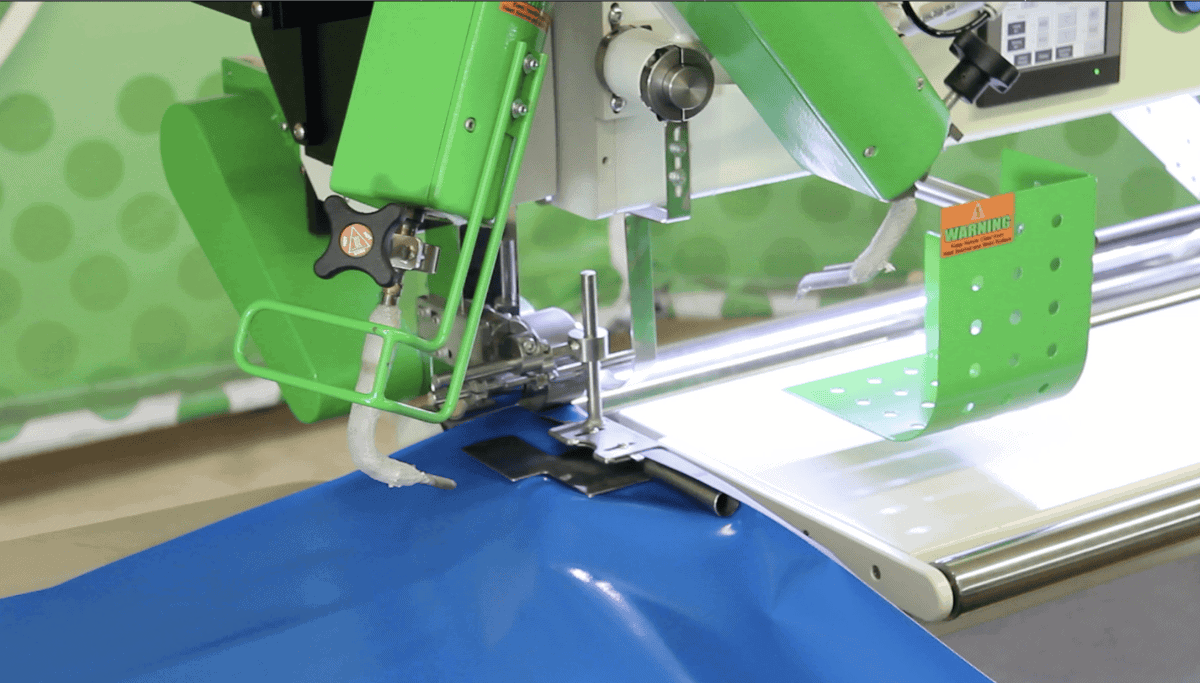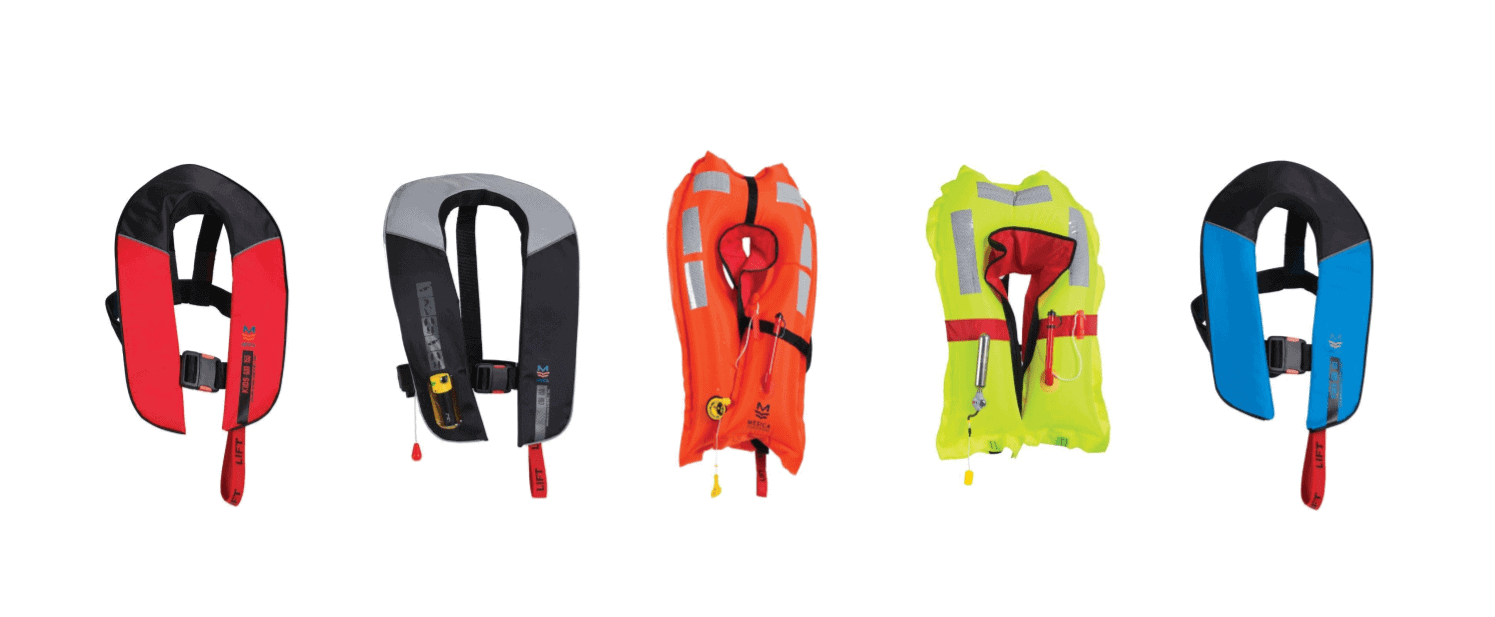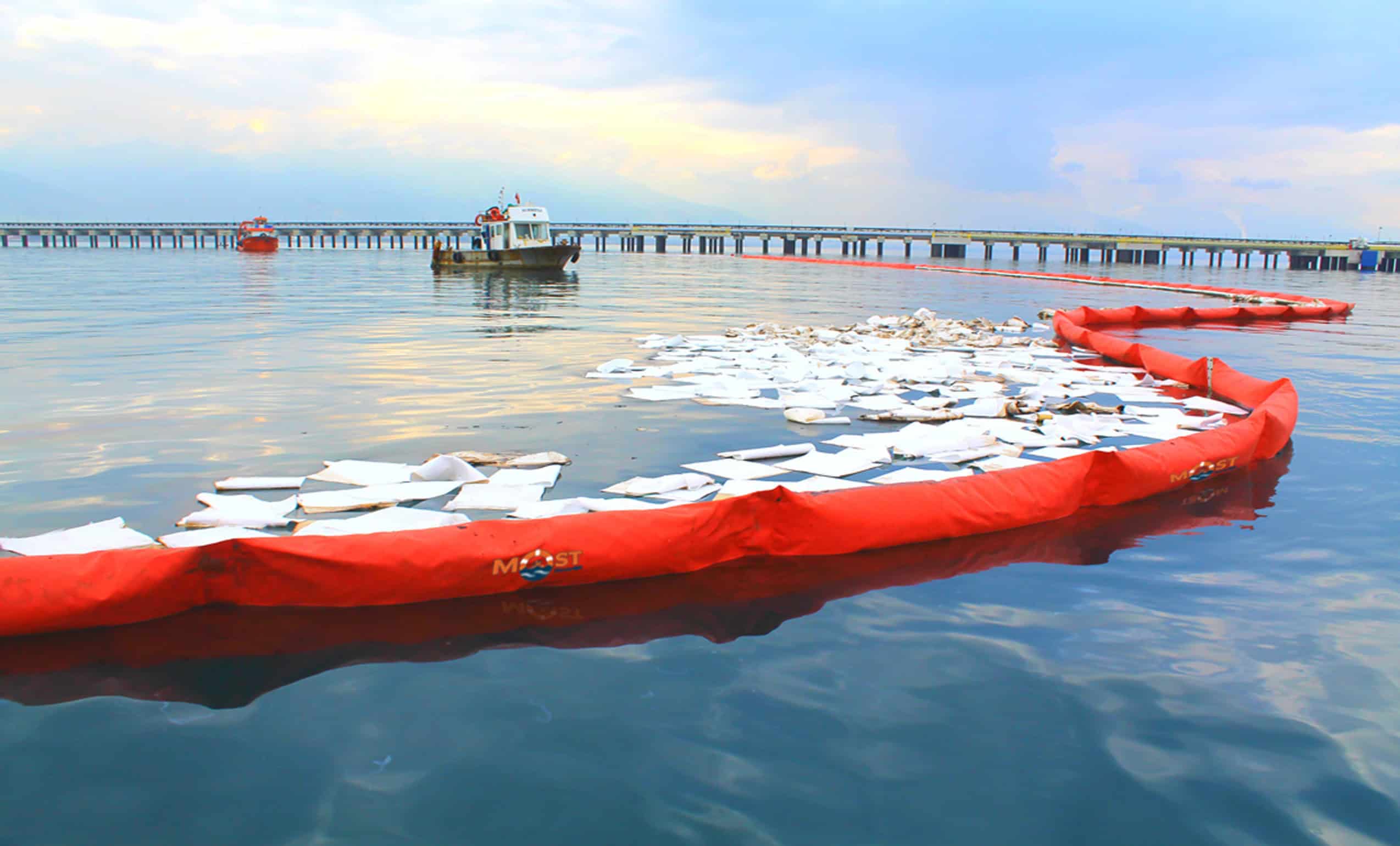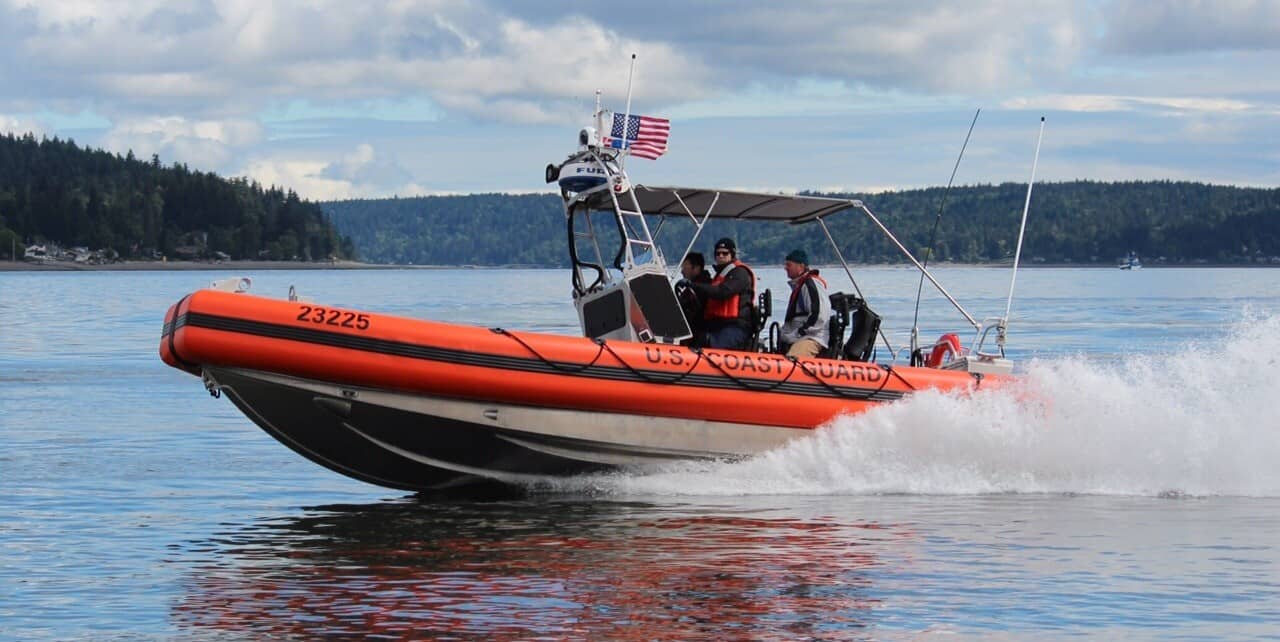5 Essential Features of Marine Textiles and Coated Fabrics
Coating, Company News, Environmental Control, Sustainability, coated textile sourcingApr 15, 2025
When sourcing fabrics for marine safety products such as life vests, flotation devices, safety lines, emergency equipment, and waterproof protective gear, manufacturers often turn to suppliers of TPU coated nylon and polyester fabrics. These materials are primarily used in inflatable life jacket bladders and life rafts. The marine industry’s technical and regulatory requirements demand textiles with specific properties. These differ significantly from fabrics designed for other sectors.
Industry developments in early 2025 show increased focus on bio-based TPU alternatives and advanced nano-coatings that enhance traditional TPU performance while reducing environmental impact. Recent maritime safety regulation updates also drive demand for materials with improved fire-resistance properties alongside traditional TPU benefits.
While your project may have unique requirements, here are key characteristics to consider when selecting TPU-coated fabrics for marine applications:
1. Superior Air Retention in Marine Textiles
Marine safety applications like life jacket bladders and rafts inflate either via pump or instant air canister activation. Excellent air retention is, therefore, critical to fabric quality. TPU-coated textiles offer exceptional resistance properties, ensuring they maintain their air-holding capacity over extended periods.
The latest advancements in molecular bonding technology are producing marine textiles with up to 40% improved air retention compared to previous standards, with particular emphasis on performance under extreme temperature variations.

Erez is a world leader in the manufacture of lifejacket bladder fabric, supplying many lifejacket designers and marine safety equipment manufacturers in Europe and the US.
2. Chemical Resistance of Coated Fabrics
Fabrics used in marine environments must withstand salt water and weather exposure, often for decades. TPU-coated nylon fabric demonstrates superior oil, grease, and abrasion resistance, enabling it to endure harsh conditions throughout its expected lifespan.
Recent innovations include enhanced microplastic-free coatings that maintain chemical resistance while addressing growing environmental concerns about marine pollution. New-generation coated fabrics also feature improved resistance to emerging biofouling threats in warming ocean waters.
3. Marine Textiles Flexibility
Thermoplastic fabrics are preferred over other materials because they can bend, shape, and stretch while maintaining their essential qualities. In marine applications, these coated textiles incorporate additional film layers that allow functionality in harsh UV, chemical, and aquatic environments while preserving the base fabric’s flexibility.
The 2025 market is seeing increased adoption of multi-phase polymer blends that optimize flexibility at a wider temperature range, addressing the needs of both polar and equatorial marine operations with the same material.

Oil booms made with Erez TPU coated fabrics
4. UV Stability in Coated Fabrics
UV radiation from the sun is typically the primary external cause of fabric degradation for marine products. All marine products must account for exposure to salt, weather, and regular sunlight. Coating nylon fabric with TPU copolymers significantly extends a product’s resistance to sun exposure before degradation begins, substantially increasing its useful life.
Next-generation UV stabilizers integrated into marine textiles now provide protection against UVA and UVB radiation, with some premium products offering documented 15+ year stability ratings under continuous exposure conditions.
5. Marine Textiles and Industry Standards
Marine products equip vessels ranging from leisure craft to commercial barges and must meet international standards. The fabric must consistently pass quality tests specified by international standards to ensure reliable performance.
The ISO marine textile standards framework is currently undergoing significant revision, with new certifications focusing on lifecycle assessment and circular economy principles alongside traditional performance metrics. Early compliance with these emerging standards is becoming a competitive advantage for manufacturers.
While your specific project requirements will determine which variables are most important, Erez produces TPU-coated nylon fabric that addresses all these critical characteristics and more, with ongoing investment in research to meet the evolving demands of the marine safety sector.
Share this Post





